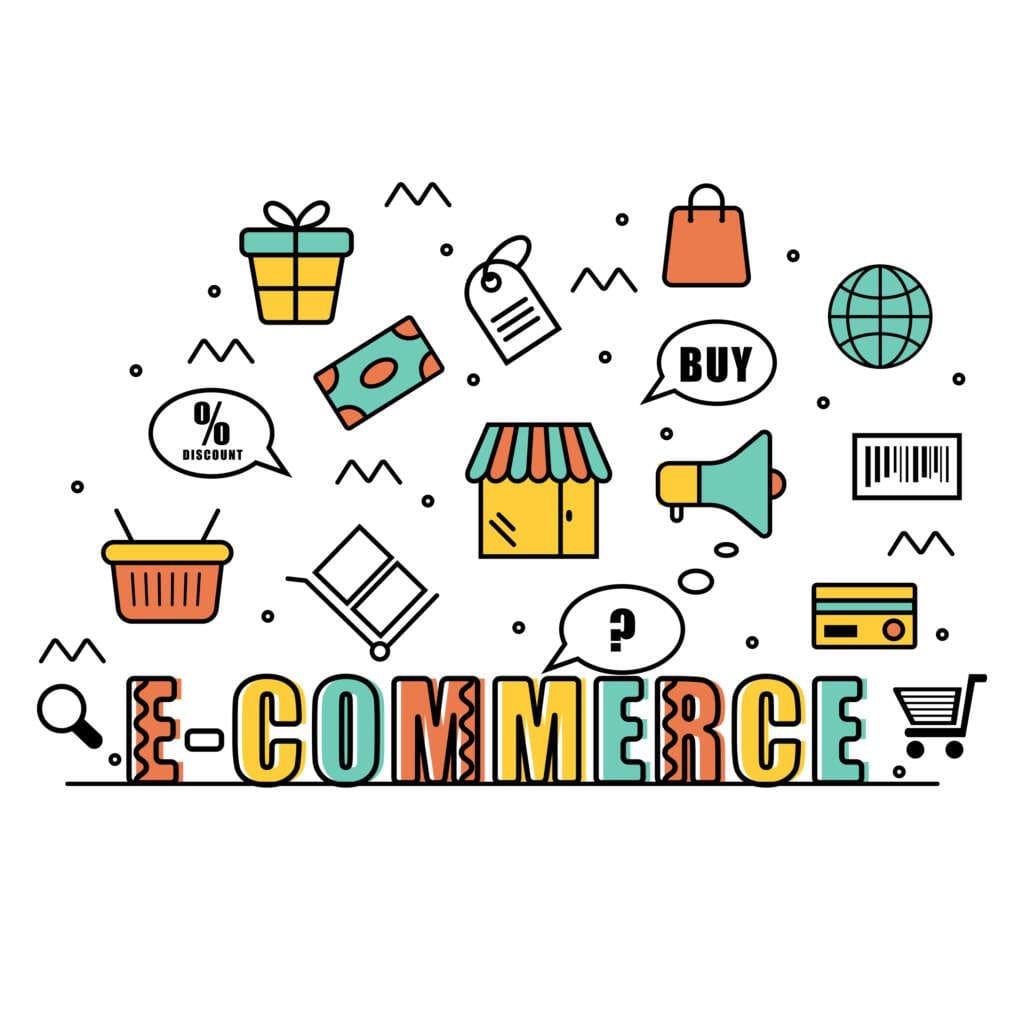

By Stacey O’Neill, Managing Director, Nationwide Courier Services
Buying and selling goods through social media platforms has become a key strategy in business plans and consumer lifestyles. Referred to as social commerce, purchasing goods through the likes of Instagram or TikTok seems to be the way e-commerce is heading. But what does this mean for the classic e-commerce websites? Are people still using the web to buy and sell and what is the future of social commerce?
What is social commerce?
Social commerce is the buying and selling of goods or services directly delivered through a social media platform. This model has introduced brand new opportunities for social users which goes way beyond their traditional role of entertainment and communication. This new strategy has offered businesses a modern way to advertise and sell their products whilst also giving consumers the chance to make quick purchases through their favourite apps.
The difference between social commerce and e-commerce
Although both these methods include buying and selling goods, the process behind them is quite different. With over 50% of internet traffic being through mobile devices, social commerce has adapted to this and created an efficient way of buying online. The main difference between the two is that social commerce removes all the added drop-off points and makes transactions much easier. Most social commerce methods involve clicking a specific item (usually one that appears on a digital timeline) and simply checking out. Compared to an -e-commerce website where you have to locate an item, add it to the basket and fill out the information, social commerce provides exactly what you’re looking for, right off the bat.
The best social commerce platforms
Facebook has been around for years, and despite all the competition they face, have constantly adapted to consumer demand and modern trends. The Facebook shop is an easy platform to buy and sell goods from. Specifically useful for small businesses, this social site is available for anyone with a business profile, opening many doors for business ideas and new companies. This online store, like other social commerce, is free to use, giving smaller brands the chance to grow and get their name out there.
Once consumers find the products they want, a purchase can be completed within the app or on a website. This platform is also great for communication and customer service as Facebook messenger allows direct messaging between the seller and the buyer.
Instagram Shopping is a popular method used amongst small and large businesses.
As Instagram and Facebook are linked, to set up a shop on Instagram, users must link their Instagram business account to their Facebook business. This creates a shop tab on the profile where the customers can simply click and shop. Once that’s completed, profile users can utilise Instagram Product Tags to make content shoppable on the app and easily discovered.
Product tags are used to highlight items from a business catalogue which are visible through videos and posts, offering a chance for an instant buy or more product information. These tags are visible on the brand’s grid and the public timeline, making it obvious there is an opportunity to buy. These tags then lead to either an in-app purchase or a website purchase. This method has been highly popular amongst fashion companies as influencers and models wearing clothes can tag the piece and their followers can immediately find it online.
Tiktok
Tiktok has provided its users with endless entertainment and business opportunities, and now they’re delving into the world of e-commerce. Tiktok shop is a fairly new system which offers in-app purchases and abolishes the need for websites or affiliate links. Customers can browse through a company’s shop and select products within the TikTok app and then buy and then simply purchase it.
One crucial element of Tiktok shop is the use of influencers. Tiktok has created a whole new world of influencers and online celebrities, and these people are key in the social commerce process. Not only can users tag particular products in their videos, but influencers are now doing things such as live stream shops, where they advertise, promote and sell a whole range of products. These streaming services allow customers to interact in real-time and get immediate answers to their questions whilst frequently receiving discounts and online promotions.
Benefits of social commerce
Although social commerce hasn’t been around for too long, its benefits are clear. And with so many companies jumping on the bandwagon, it seems more opportunities are yet to come. Here are just a few benefits of social commerce.
- Improved customer engagement and support
- Builds a consistent audience
- Increased average order value
- High search engine ranking
- Accurate customer insights
- Customers are less likely to cancel orders
- Social followers and reputation
- Discounts and offers
To conclude
A change in the way businesses sell and consumers buy is inevitable, and these methods will keep changing as technology expands. Although social media is becoming a go-to for younger generations, e-commerce websites are still the backbone of these methods. Many consumers lack trust in these new platforms, especially through things such as Tiktok live shops as they’re not buying directly from the company. These online stores also tend to have limited stock and don’t always provide the products or services a customer requires. When customers are spending a large sum of money or looking to buy multiple items, an e-commerce website offers features such as wishlists, boards, size charts and descriptions, features which are important for those indecisive customers who actually don’t want to make a quick purchase.
In a nutshell, social commerce definitely comes with its benefits, but is it going to outrun or overtake e-commerce websites? It’s highly unlikely.


